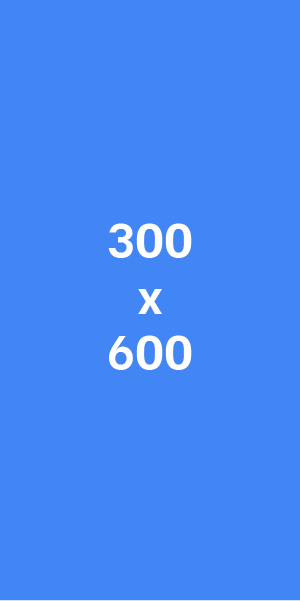What is a webp file?
AWEBP (pronounced "weppy") is a modern image format developed by Google specifically for the web. It aims to strike a balance between image quality and file size, making webpages load faster. Here's a breakdown of its key features:
Benefits:
- Smaller File Sizes: Compared to traditional formats like JPEG and PNG, WEBP files can be significantly smaller (25-34% smaller than JPEGs and 26% smaller than PNGs) while maintaining similar image quality. This translates to faster loading websites and a better user experience.
- Supports Both Lossy and Lossless Compression: WEBP offers both lossy and lossless compression options. Lossy compression reduces file size more significantly but might introduce some minor quality loss (often imperceptible). Lossless compression preserves the original image data but with a slightly larger file size compared to lossy compression.
- Transparency: WEBP supports transparency (alpha channel) for images with transparent backgrounds, making it a good alternative to PNG for such cases.
Use Cases:
- Websites and Web Applications: WEBP is ideal for displaying images on websites and web applications as it can significantly improve loading times.
- E-commerce Platforms: Smaller file sizes mean faster loading product images, leading to a better user experience for online shoppers.
- Social Media: WEBP can be used to share images on social media platforms where file size restrictions might be in place.
Things to Consider:
- Browser Compatibility: While WEBP is increasingly supported by most modern browsers, some older browsers might not display WEBP images correctly. You can check for browser compatibility.
- Conversion Tools: If you have existing images in other formats, you can use online tools or software to convert them to WEBP.
Overall, WEBP is a valuable image format for the web, offering significant file size reductions without compromising image quality. As browser compatibility continues to improve, WEBP is likely to become the dominant image format for web use.
